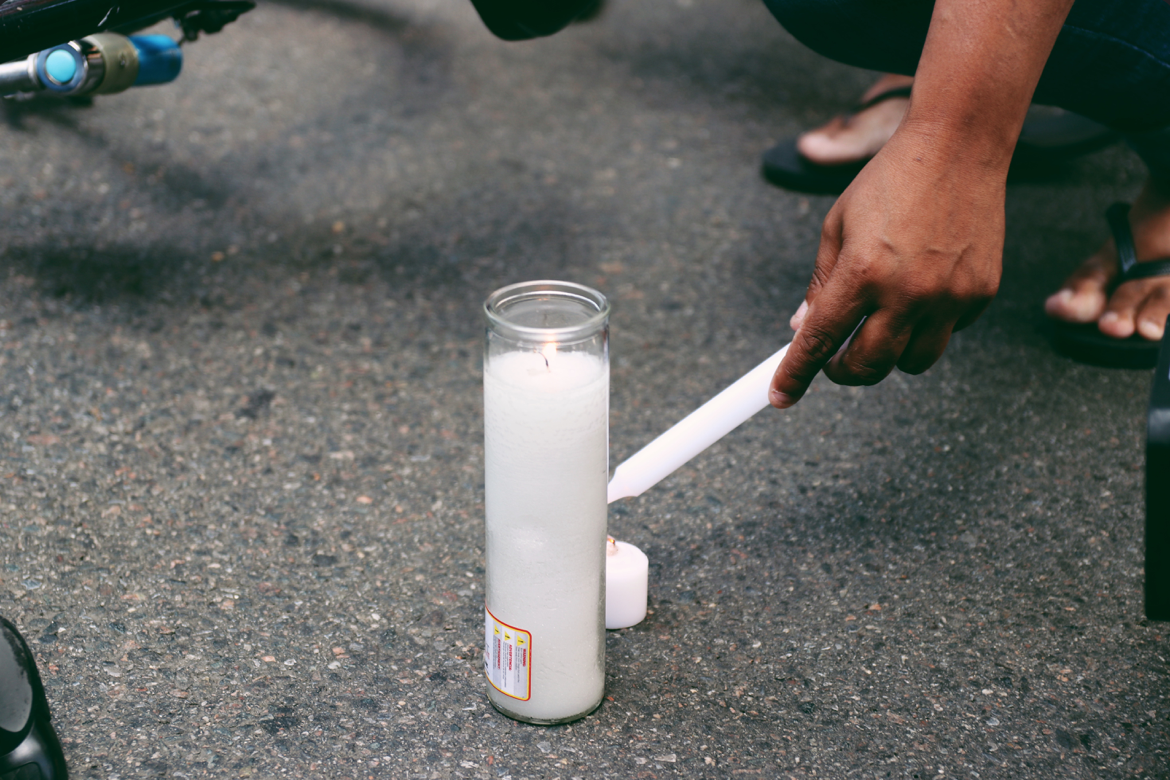OPINION: Domestic Violence Laws Must Address Coercive Control

By Robert Weiner and Kimberly Bartenfelder
According to the National Coalition Against Domestic Violence, “While data proves women are most often the victims of abuse in intimate relationships… anyone can be abused and anyone can be abusive.” Abuse is not attributed to one gender, sex, race, ethnicity, or age group. Sadly though, NCADV also reports, “95% of men who physically abuse their intimate partners also psychologically abuse them.” Psychological abuses or coercive control– repeated patterns and acts of humiliation, control, isolation, financial constrictions, and stalking among other behaviors– are often overlooked by the American justice system, operating primarily from physical assaults.
Introduced by New York Senator Parker (D-Brooklyn), bill S5306— the only U.S. bill regarding coercive control– is an amendment to the existing penal law, section 135. The newly added section, 135.8 establishes coercive control as a crime, a class E felony. The Campaign To End Coercive Control In New York website adds, “just as stalking was not taken seriously many years ago by law enforcement because the stalker was ‘only following and watching’ the victim, the same mistaken thought applies to Coercive Control…[it is] more insidious and is a calculated, controlled assault on the victim causing emotional and psychological harm.” However, New York is the first state taking action concerning intimate partner violence.
The difficulty in making coercive control cases in the U.S is that psychological abuse often goes unreported. Many victims don’t recognize the abuse and there is often no documentation to make a case. While police are trained to look for bruises and beatings, many victims are left with non-visible scars. The precedent for the New York bill comes from domestic violence legislation in Ireland.
Irish lawmakers passed the Domestic Violence Act of 2018 which makes coercive control criminal for claims that are substantiated. Charlie Flanagan, Minister for Justice and Equality said, “For too long, domestic violence has been seen primarily as physical abuse…coercive control recognizes the effect of non-violent control.”
Women’s Aid, an Irish, 24/7 free hotline reported that one in five women are victims of IPV yearly. Comparably, the National Domestic Hotline reports that 50% of American women experience forms of coercive control by an intimate partner during their lifetimes. In fact, in 2013 New York City police responded to 284,660 DV calls while an additional 187,770 DV calls came from outside the city.
American attention was drawn to violence against women when then-Senator Joe Biden proposed the 1994 Violence Against Women Act (VAWA) as part of the Crime Bill. In 2000, 2005, and 2013 provisions were added for elderly and disabled, rape prevention, dating violence, and support for American Indian and Alaska Native -women, among others. Another re-authorization including a coercive control provision is long overdue and essential.
Huffington Post covered some abuse stories. A woman named Lisette said that despite a protective order, “When I would call the police, they seemed almost annoyed. If you haven’t been assaulted, they’d say, there’s nothing we can do. Lots of times, they wouldn’t even come.”
The Journal of American Academy of Psychiatry and the Law reported that “as high as 81.3%” of people violate protection orders by means of, “verbal contact, psychological abuse, or physical violence.”
For many women, “just leaving” is a fatal option. It signals to an abuser that they no longer have power, physical or psychological, which could result in more harm to a victim.
More recently, Florida woman Courtney “Taylor” Irby was arrested for armed burglary and grand theft after turning in her husband’s firearms to police, reporting she feared for her life. Taylor’s husband had been arrested earlier on DV charges, with instructions to give up firearms which he did not. Polk County Sheriff’s office spokesman, Brian Bruchey said that there is no automatic procedure to confiscate firearms – rather, they must be surrendered, or a court order must be present. The combined psychological and bodily fear that Taylor experienced is one that is too familiar for many women. A negative message is sent to women– if there’s no physical evidence, there’s no immediate threat.
For far too long, types of abuse have been isolated from one another or downplayed. However, as New York moves forward to make coercive control legislation a reality, the other 49 states need to make it a top priority too. Mental wellbeing and safety is just as important as the physical.
Robert Weiner was a Clinton and Bush White House spokesperson, and for the House Government Operations Committee, Congressmen Ed Koch, Charles Rangel, John Conyers, and Claude Pepper. Kimberly Bartenfelder is the Equality Policy Analyst for Robert Weiner Associates and Solutions for Change.



